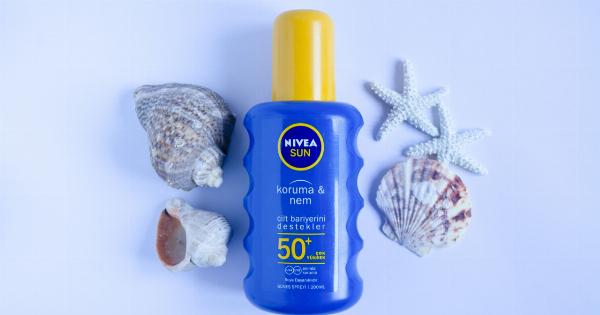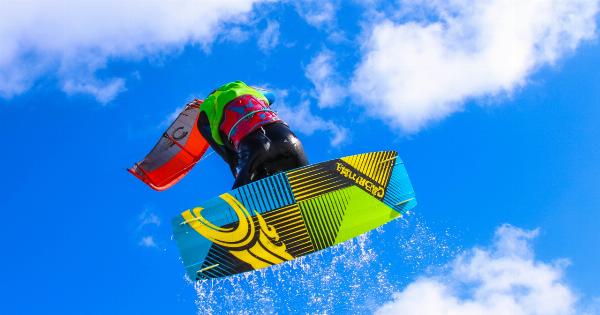As summer approaches, protecting our skin from the harmful rays of the sun is more important than ever. While we all know that sunscreen is a must, the labels on the bottles can often be confusing and overwhelming.
This guide will break down the basics of understanding sunscreen labels so that you can make informed choices about protecting your skin.
SPF
SPF stands for Sun Protection Factor, and it measures how well a sunscreen protects against UVB rays, which are the primary cause of sunburn and skin cancer. The higher the SPF number, the more protection it provides.
For example, an SPF of 30 blocks about 97% of UVB rays, while an SPF of 50 blocks about 98%. However, it’s important to note that no sunscreen can block 100% of UV rays, so it’s still important to take other precautions such as seeking shade during peak sun hours and wearing protective clothing.
Broad Spectrum
While SPF measures protection against UVB rays, UVA rays are also harmful to the skin and can cause long-term damage such as premature aging and skin cancer.
Look for a sunscreen that is labeled “broad spectrum”, which means it protects against both UVA and UVB rays.
Water Resistant
If you plan on swimming or sweating, look for a sunscreen that is labeled “water-resistant”.
However, it’s important to note that no sunscreen is completely waterproof or sweat-proof, and you will still need to reapply every two hours or after swimming/sweating.
Active Ingredients
The active ingredients in sunscreen are what provide the protection against UV rays. There are two main types of active ingredients: chemical and physical.
Chemical sunscreens contain organic compounds that absorb UV rays and release the energy as heat. Some common chemical sunscreen ingredients include avobenzone, oxybenzone, and octinoxate.
Physical sunscreens contain mineral compounds that reflect UV rays away from the skin. The two most common physical sunscreen ingredients are zinc oxide and titanium dioxide.
Some people may have sensitivities or allergies to certain sunscreen ingredients, so it’s important to read the label and know what’s in the product you’re using.
Sunscreen Application
Now that you understand the basics of sunscreen labels, it’s important to know how to apply it properly for maximum effectiveness.
Experts recommend applying sunscreen generously 15-30 minutes before sun exposure, and then reapplying every two hours or immediately after swimming/sweating. Don’t forget areas like your ears, neck, and tops of your feet!.
To ensure proper coverage, use about one ounce (or a shot glass full) of sunscreen for your entire body. Use a higher SPF for your face and apply it even if you plan on wearing a hat or spending most of your time in the shade.
Sunscreen Tips and Tricks
Here are a few extra tips and tricks for staying protected in the sun:.
- Choose a sunscreen that you like and will actually use. There are many different types of sunscreen, from lotions to sprays to sticks. Experiment and find one that works for you!
- Wear protective clothing such as hats and sunglasses. Clothing with a UPF (ultraviolet protection factor) rating is also available.
- Seek shade during peak sun hours, which are generally 10 am to 4 pm.
Conclusion
By understanding sunscreen labels and following some simple tips and tricks, you can protect your skin and enjoy the outdoors safely. Don’t forget to reapply regularly and seek medical attention if you notice any concerning changes in your skin.




























